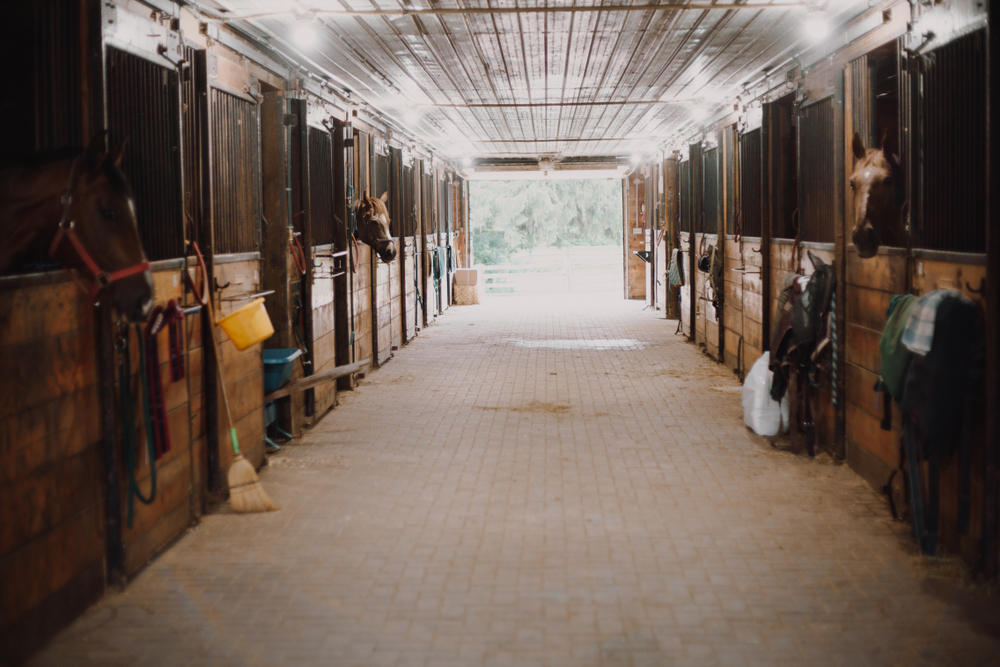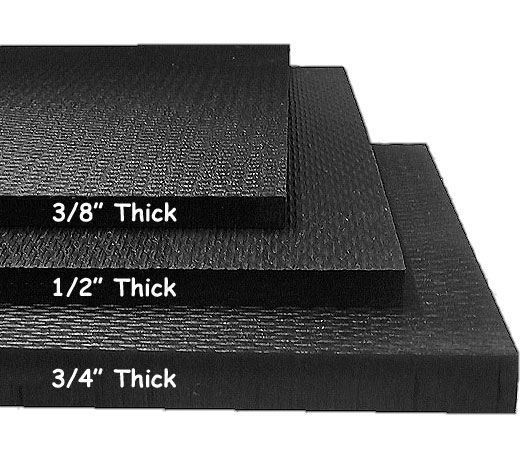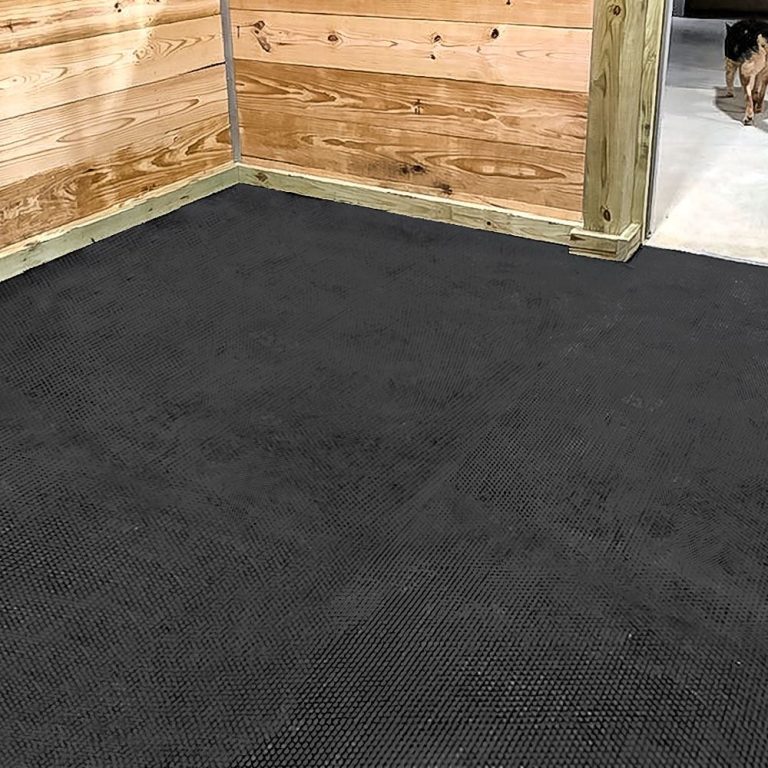- Your source for stall mats, rubber arena footing, arena harrows and arena dust control.
How to Choose the Right Thickness for Your Horse Stall Mats
When it comes to creating a comfortable, safe, and hygienic environment for your horse, stall mats play a vital role. One of the most important factors to consider when selecting stall mats is their thickness. The right thickness can impact everything from your horse’s comfort to the mat’s durability and ease of maintenance. Here’s a guide to help you make the best choice for your stable, tailored to the needs of horse owners in the USA and Canada.
Why Stall Mat Thickness Matters
The thickness of stall mats affects several key aspects of their performance:
Cushioning and Comfort: Thicker mats provide better cushioning, reducing stress on your horse’s joints, especially if they spend long periods standing in the stall.
Durability: Thicker mats are more resistant to wear and tear, making them a better long-term investment.
Stability: Mats that are too thin may shift or buckle underfoot, posing a safety hazard to your horse.
Ease of Maintenance: The thickness can influence how well the mats prevent moisture from seeping through to the flooring beneath, making cleanup easier and more effective.
Common Thickness Options
Stall mats come in a variety of thicknesses, typically ranging from ½ inch to 1 inch or more. Here’s a breakdown of common options:
½ Inch:
– Ideal for low-traffic areas or temporary setups.
– Best for budget-conscious horse owners.
– Provides basic cushioning but may lack the durability needed for heavy use.
¾ Inch:
– A popular choice for most horse stalls.
– Offers a good balance of comfort, durability, and cost.
– Suitable for medium to high-traffic areas.
1 Inch or Thicker:
– Provides superior cushioning and durability.
– Ideal for heavy-use stalls, large horses, or horses with joint issues.
– Excellent for areas where maximum comfort and protection are needed.
Factors to Consider When Choosing Thickness
Horse Size and Weight:
Larger, heavier horses exert more pressure on stall mats. For these horses, thicker mats (¾ inch or more) are recommended to prevent wear and provide adequate support.
Usage Frequency:
Horses that spend most of their time in the stall will benefit from thicker mats for better joint and hoof health. For occasional use, thinner mats might suffice.
Flooring Type Beneath the Mat:
If the stall floor is concrete, thicker mats provide essential cushioning and insulation. For dirt or sand floors, thinner mats may be adequate as the ground provides some natural cushioning.
Budget:
Thicker mats typically cost more upfront but last longer, offering better value over time. Consider the long-term benefits of investing in durable mats versus replacing thinner ones frequently.
Cleaning and Maintenance:
Thicker mats tend to prevent urine from seeping through, keeping the stall dryer and reducing odours. Ensure the thickness you choose is manageable for you in terms of lifting and moving the mats during cleaning.
Climate Considerations in the USA and Canada:
In colder regions like Canada or northern parts of the USA, thicker mats can provide better insulation against cold ground temperatures, ensuring your horse stays warm and comfortable. In warmer climates, mats with proper thickness and ventilation properties can help reduce heat buildup in the stall.
Additional Tips for Choosing Stall Mats
Material: Look for high-quality rubber or EVA foam mats that offer durability and slip resistance.
Interlocking vs. Straight Edge: Interlocking mats tend to stay in place better and are easier to install, especially in high-traffic areas.
Customization: Ensure the mat thickness fits well with your existing stall setup and consider mats that can be easily trimmed to size.
Test Before Buying: If possible, test a sample mat in your stall to evaluate its thickness and overall feel before committing to a bulk purchase.
Recommended Stall Mat Options in the USA and Canada
When shopping for stall mats in the USA and Canada, consider these popular and reliable options:
Tractor Supply Co.: Known for their durable and budget-friendly mats, available in various thicknesses and sizes.
Rubber-Cal Mats: A premium option offering excellent durability and cushioning.
Equi mat EVA Foam Mats: Lightweight and easy to clean, perfect for horse owners who prioritise ease of maintenance.
Red Barn Mats: A Canadian favourite, offering sturdy and long-lasting mats ideal for cold climates.
Stable Comfort Systems: High-end mats that mimic the feel of natural ground for ultimate horse comfort.
Seasonal Maintenance Tips
Winter: In colder climates like Canada and parts of the northern USA, ensure mats are thick enough to insulate against freezing ground temperatures. Add bedding for extra warmth and comfort.
Summer: In hotter areas, regularly clean under the mats to prevent moisture buildup and odors caused by increased humidity.
Seasonal Transitions: Gradually adjust bedding and mat usage during seasonal changes to maintain your horse’s comfort and prevent stall dampness or overheating.
Conclusion
Choosing the right thickness for your horse stall mats is an investment in your horse’s health and comfort. Consider factors like your horse’s size, the flooring type, and how often the stall is used to determine the best option for your needs. Whether you opt for ¾-inch mats for general use or 1-inch mats for maximum cushioning, selecting the appropriate thickness will create a safer, more comfortable environment for your equine companion.
For horse owners in the USA and Canada, climate considerations and local product availability play a significant role. By investing in high-quality stall mats that meet your specific needs, you’ll ensure your horse’s well-being and make stable maintenance a breeze. A well-chosen stall mat not only supports your horse but also provides peace of mind for you as a caring owner.
Remember, the right mat isn’t just an accessory—it’s a foundation for happier, healthier horses.

